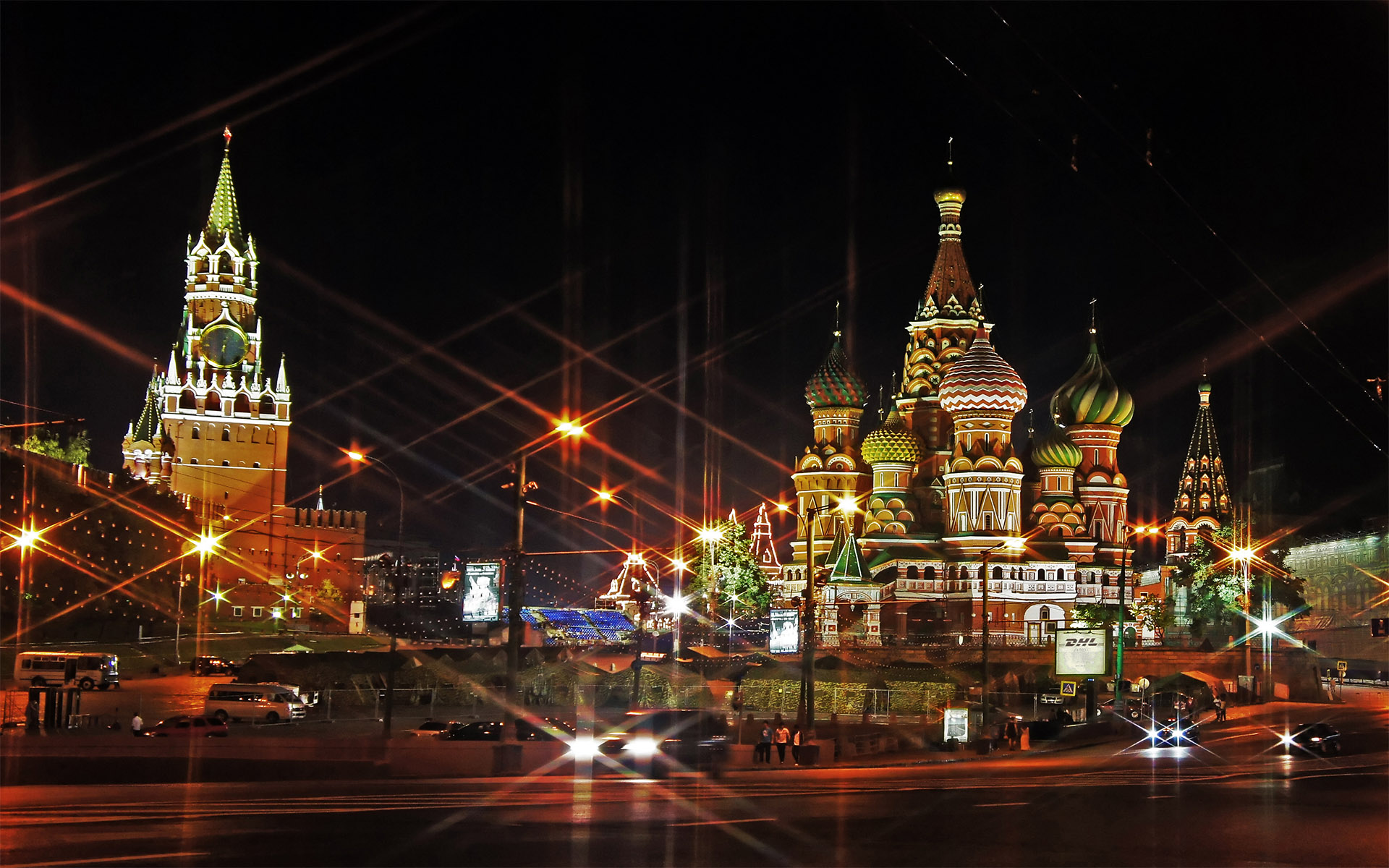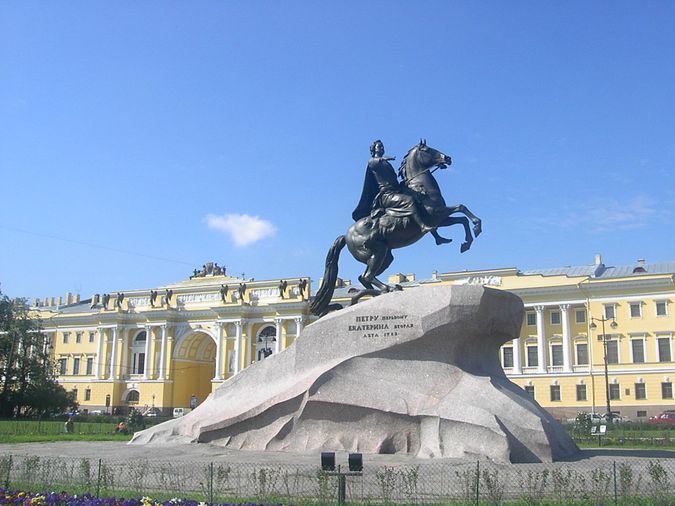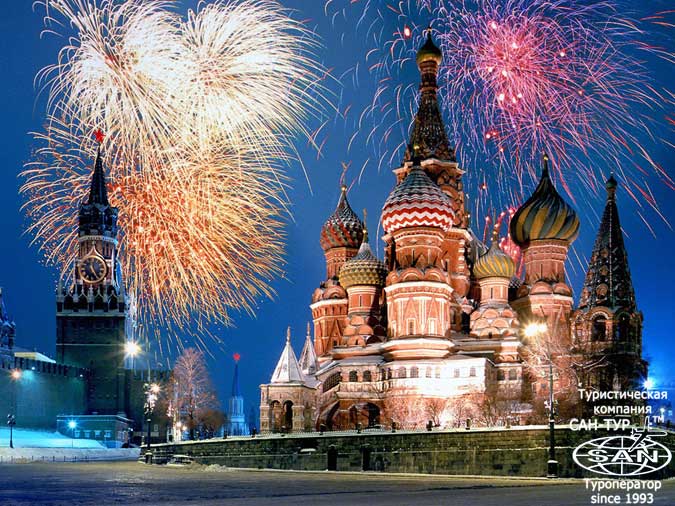|
SAN TOUR str. Zorge 18, Moscow, 125252, Russia, +7(495) 774-37-38,
+7 (495) 760-42-20, +7 (495)795-3191, 795-3099
|
|
Welcome to moscow! Moscow is a city of tremendous power and energy. Hulking gothic towers loom over broad avenues that form a sprawling web around the Kremlin and course with traffic day and night. The Soviet past looms large, but the city embraces capitalism with gusto.
St. Petersburg - Russia's great northern capital. Many fans of travel, both Russian and foreign, dream of visiting Russia's great northern capital. Founded by Peter I in 1703, the city was always intended to be great, but the modern St. Petersburg has outgrown its old boundaries manyfold.
|
|
|
Отели Однако перед тем, как отправиться на #турыдляотдыхасдетьми#отдыхсдетьми#отелидляотдыхасдетьми#отдыхсемейсдетьми,#семейныйкурорт#элитныеотелидлясемейсдетьми#лучшиеотелидлясемейсдетьми#роскошныйотдыхдлясемейсдетьми#сантур#туры Опубликовано 19 Apr 2024 04:07 pm
НУДИСТСКИЕ ОТЕЛИ НУДИСТСКИЕ ОТЕЛИ НУДИСТСКИЕ ОТЕЛИ #нудистскиетуры#нудистскиеотели#нудистскийпляж#нудистскиекурорты#нудисты#отдыхбезодежды#отелидлянудистов#сантур#отдыхдляпар#туры Опубликовано 18 Apr 2024 02:10 pm
Вереницей разноцветных бусин Они включают в себя #турынакарибы#роскошныйотдыхнакарибах#турынакарибскиеострова#отдыхнакарибах#роскошныеотелинакарибах#круизынакарибах#медовыймесяцнакарибах#туры#сантур#карибы Опубликовано 18 Apr 2024 02:04 pm
Moscow.Cosmopolitan in flavor, Russia’s capital exudes prosperity and vigor. From Stalin’s carved-marble metro stations to the sprawl of modern business complexes, Moscow flaunts its ambition with a penchant for going over the top. It’s an all-night-party town whose days offer endless opportunities for those who can keep up. A merchant capital by birth, Moscow was fashioned for big spenders, and money has always made the wheels go ‘round here. Now counted as one of the world’s most expensive cities, the only possible limit is the size of your wallet. 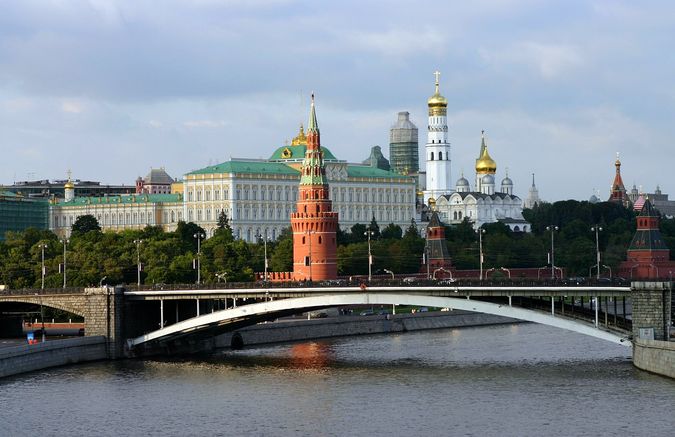 Moscow Environs and the Golden Ring. In the 12th to 14th centuries, the Golden Ring cities were the most important political, religious, and commercial centers in Russia before Moscow usurped all power. Nowadays these ancient enclaves are perfect destinations for rolling back the centuries. A visit to their medieval convents, ancient trade chambers, and kremlins is like stepping into a living encyclopedia of Russian culture, complete with picture-postcard views of onion-domed churches set on the banks of the Volga River. 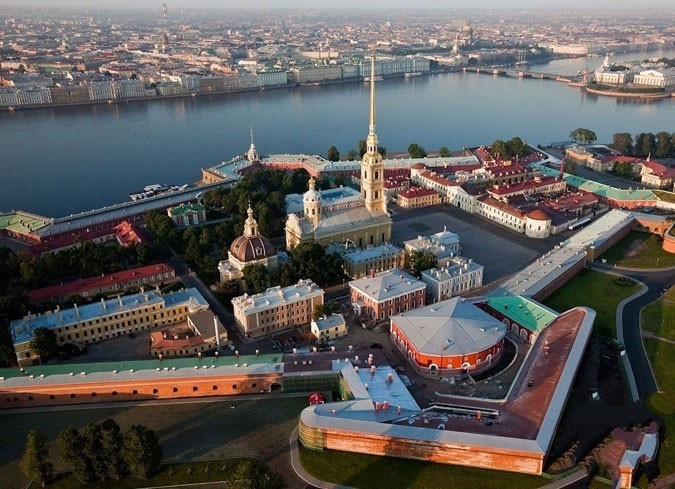 St. Petersburg. Serenity and reflection reign in this city. Tsars don’t rush—it would be undignified. St. Petersburg was founded as the new capital of the Russian Empire in 1703 by Peter the Great and still carries itself with austere regal grace. The city built on the marshy banks of the Neva River today attracts more tourists than anywhere else in Russia. A brilliant fusion created by Italian and French architects, St. Petersburg invites comparisons with Amsterdam, Venice, and Stockholm. The big attractions here are the pastimes of the nobility—artwork, classical concerts, ballet, and idyllic promenading in the 19th-century landscape. Summer Palaces and Historic Islands. Several of St. Petersburg’s imperial summer residences have been meticulously restored to their original splendor, and the sheer opulence is stunning. Peterhof’s (Petrodvorets) park is Russia’s answer to Versailles, while Catherine’s Palace at Pushkin (Tsarskoye Selo) houses the legendary Amber Room. Lomonosov (Oranienbaum), a UNESCO World Heritage Site, and the Konstantine Palace have both undergone restoration and are great places for a summer stroll or picnic. The islands of Kronshtadt and Vallam showcase another side of the city’s history. |

